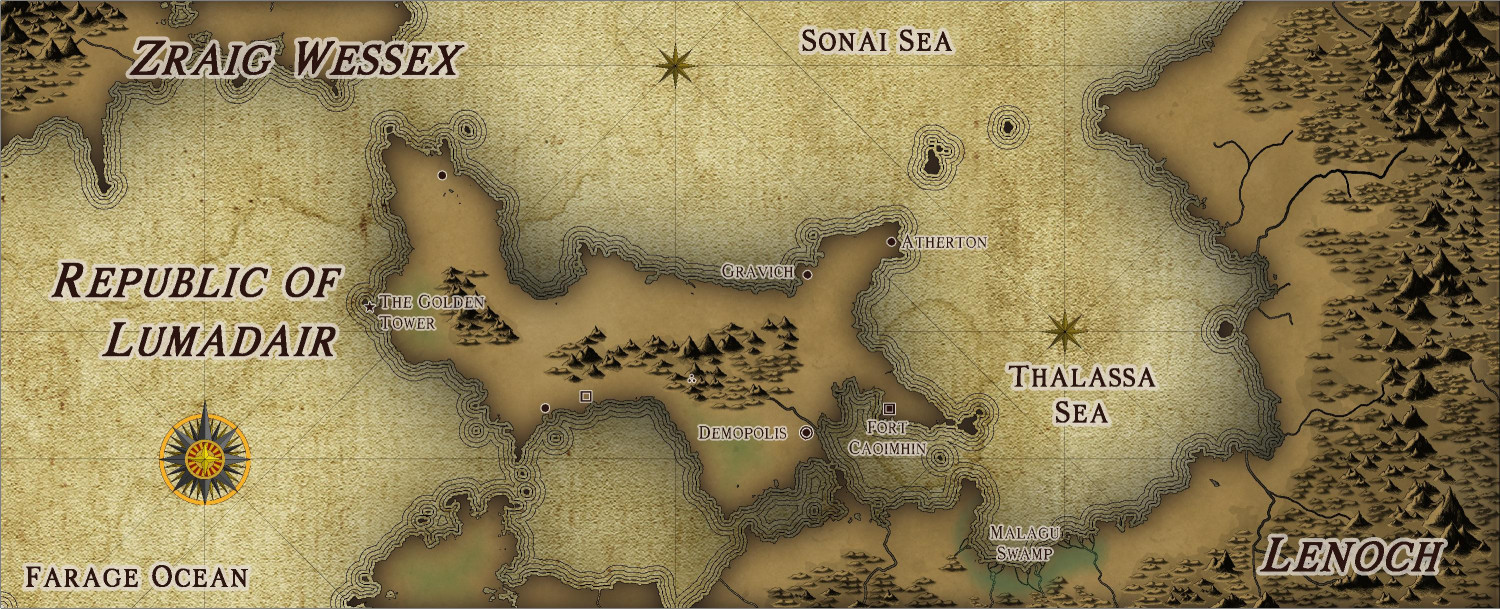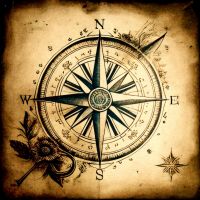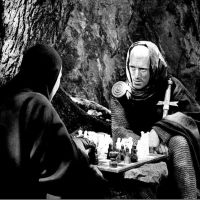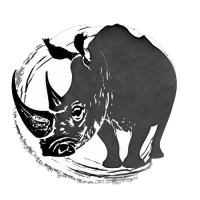Royal Scribe
Royal Scribe
About
- Username
- Royal Scribe
- Joined
- Visits
- 8,821
- Last Active
- Roles
- Member
- Points
- 3,199
- Birthday
- February 5, 1968
- Location
- San Francisco, California
- Real Name
- Kevin
- Rank
- Mapmaker
- Badges
- 16
Reactions
-
Is there a runic font?
Rather than going through every map style, the faster approach was simply to go through the fonts installed on my computer and then check the ones I liked against the list of approved fonts on the How to Contribute page on the Atlas. I found some that unfortunately are not on the list. Davak is the Wizards of the Coast's official dwarven script, and Rellanic is their elvish script. I believe both are permitted for personal use, but I'm not sure if commercial use is permitted. Tengwar Cursive is Tolkien's elvish script, but in addition to limiting for personal use, the license specifically says that the Tolkien estate must approve for any commercial use. Similarly, there's a Hobbiton font for noncommercial use. Anglo Saxon Runes looks great but is also limited for noncommercial use.
Exploding a font and using them as symbols doesn't change the fact that they still read as a font and therefore are subject to any licensing limitations of the original font.
So a question for Remy:
- If there's a font that's not on the approved list but is available for commercial use, are we allowed to explode them and use them as symbols for Atlas submissions, or would you feel safer only using fonts on that approved list?
- (Moot question if the answer above is "no.") If there's a font that's not on the approved list but is available for noncommercial use only, does the Atlas count as noncommercial use that would allow permit that font to be used as an exploded symbol?
Thank you!
-
[WIP] Republic of Lumadair - CA218 Fractal Parchment Worlds
Before attempting to do my entire campaign world in the new Fractal Parchment Worlds style, I wanted to try it out with a familiar spot: the Republic of Lumadair.
For this one, I exported Lumadair from Fractal Terrains in the Fractal Parchment Worlds style that Ralf demonstrated in today's Live session. But I also exported a contour map of the same view, and then copied a few of the elevation contours over, then used the Draw Like tool to convert them to the proper contour appearance.
-
What art programs do you use?
My personal experiences are more with desktop publishing, not design. Used to be reasonably proficient with things like PageMaker and Quark and MS Publisher — none of which is useful here. I used the Corel suite in the 90s but haven’t owned it in decades. To create the circular symbols for my Modern Journeys map, I did download GIMP and learned just enough of it to be able to crop an image to a circle. But for quite a lot of stuff, I have used (of all things)…PowerPoint!
-
Dragon sheet
-
[WIP] Community Atlas: Kumarikandam - SE Tiantang Region
Ricko invited me to design some monasteries in this area. The concept and write-up are entirely from him. The mapping is from me, with extensive feedback and advice from Ricko. Would it be possible to publish it as joint authors? Here is the description, followed by the FCW and a JPG.
Chuan Bei Si – The Monastery of the Drunken Cup
In the shadow of the walls of Tiang Long Du, the capital of the Kingdom, stands the peculiar Chuan Bei Si – Monastery of the Drunken Cup, a place whose fame derives less from its spirituality and more from its supply of spirits. Founded by a renegade monk called the Eternal Drunken Master, the place attracted a coterie of individuals seeking less divine enlightenment and more the bottom of a good cup.
Legend has it that Shui Zui Chang had a divine vision while staring at the bottom of a baijiu barrel: he believed that true wisdom came from fluidity of movement and the ability to remain upright while the world turned – a concept he dubbed the “Drunken Way”. Thus, the monastery became a training ground where drunken monks practice their staggering martial arts, transforming awkward falls into lethal blows and hiccups into battle cries.
The proximity to the capital is convenient: the liquor arrives fresh, and the monks can replenish their supplies quickly. They often make “spiritual pilgrimages” to local taverns, always returning with full barrels and wild stories about how they had “purified the spirit” of some unsuspecting merchant in a game of dice.
Rumors about Chuan Bei Si are as numerous as the legends of Tiang Long Du. Some claim that in battle, the monks can defeat armies simply by staggering through rows of soldiers. Others say that the monastery houses the mythical Infinite Barrel, a relic that never runs dry.
Hedonistic and unpredictable, Chuan Bei Si is an anomaly within the kingdom – a reminder that even in the dark, there is room for a sip (or two) of levity.











